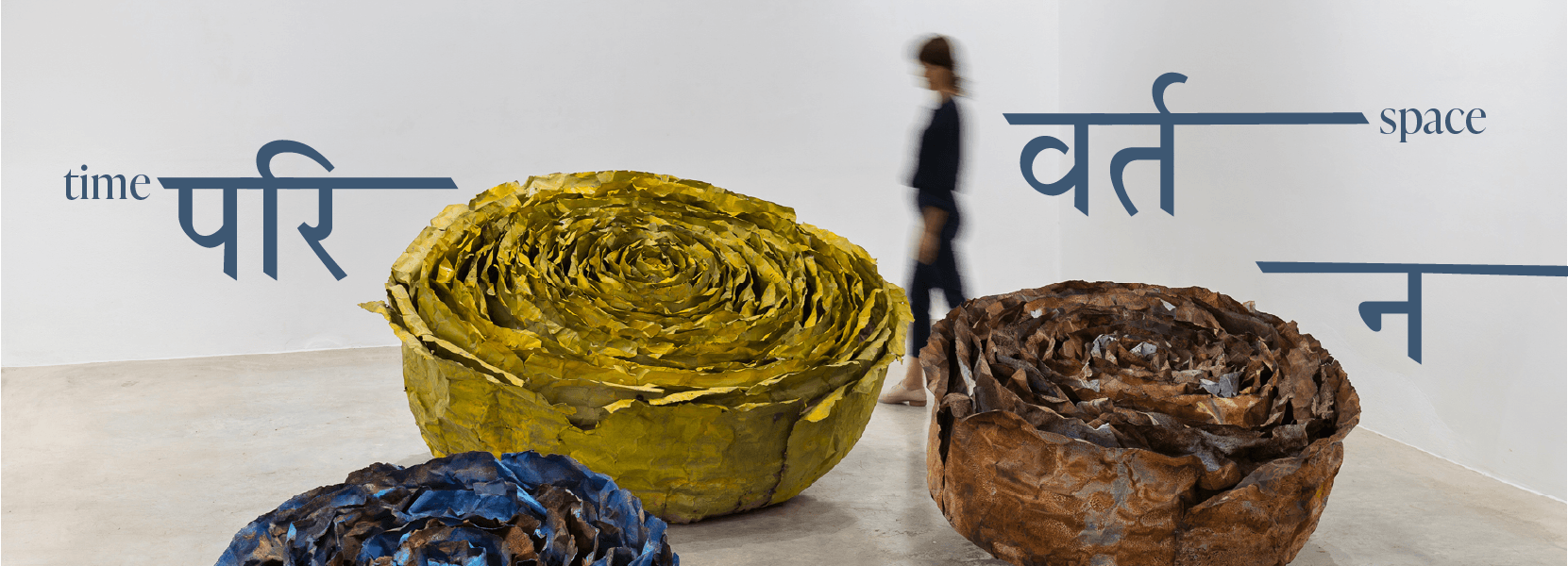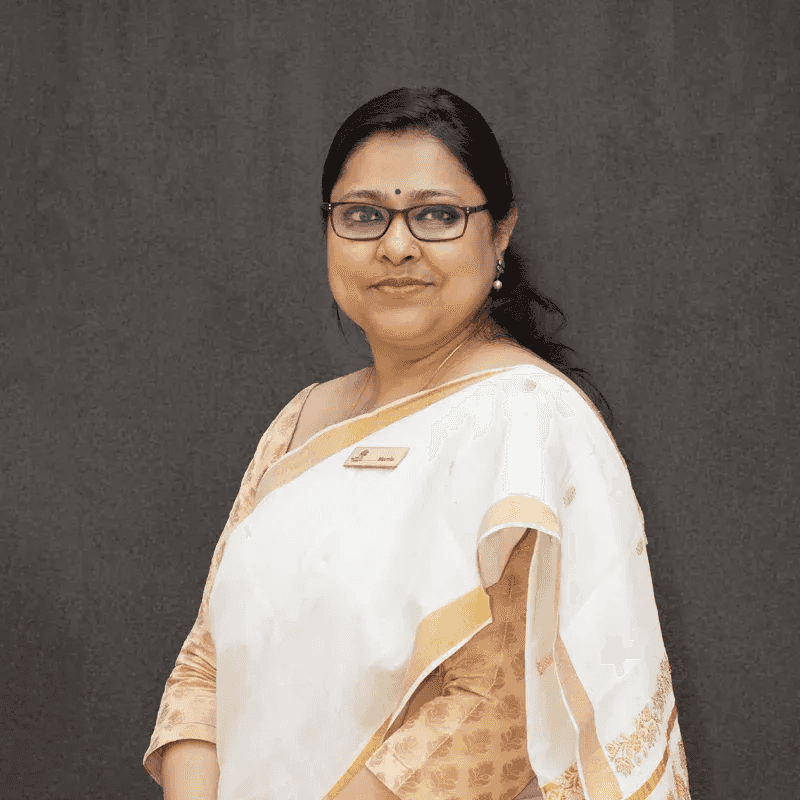WRITTEN BY
MOUMITA GHOSHPUBLISHED ON
20th February 2024Orhan Pamuk's insightful statement encapsulates the profound essence of museums as space where history and culture is meticulously curated, allowing visitors to step into the past, present, and future within the confinement of a single room. This statement has actually dragged me towards memory lane, getting me to think of museums as a time capsule due to its ever-evolving nature. In the realm of cultural institutions, museums have long held a revered position as the custodians of history, art, and antiquity. Traditionally, our perception of museums conjures images of dimly lit rooms, filled with ancient relics and artefacts, akin to a time capsule from the past. They served as silent witnesses to the evolution of human civilisation, offering a glimpse into the lives and cultures of our ancestors The dim lighting and hushed atmosphere further enhances the aura of reverence, as visitors tiptoe through history. However, this traditional perception of museums is gradually giving way to a more dynamic and interactive model. This dramatic transformation is often challenging the conservative view of these institutions. In the changing perception of museums, they have evolved from being an abode of trans-generational memory to vibrant culture shops, where knowledge consumers eagerly consume art in specific time and space. Modern museums are shedding their reputation as solemn halls of the past and embracing their new roles as vibrant cultural experience houses. They have evolved into spaces where culture, art, and history come alive. Contemporary museums are designed to engage and educate visitors in immersive and interactive ways, transcending the passive role of mere spectators. Museums today host a diverse range of exhibits, from classical art to contemporary installations, and they often feature rotating displays that cater to changing tastes and interests. These cultural storehouses have become hubs for creativity, dialogue, and exploration. The transformation of museums can be attributed to the changing expectations of knowledge consumers. Moreover, cultural shopping experiences that serve as catalysts for economic development are integral components of the museums visitor driven infrastructure. Visitors today are not content with passive observation; they seek active engagement. Museums have adapted by offering hands-on experiences, interactive displays, and digital interfaces that allow visitors to delve deeper into the subject matter. Museums host workshops, lectures, and special events to foster a sense of community and learning. The happiness or discontent derived from the features of acquired items and services is reflected in their behaviour towards museums, Technology has played a pivotal role in reshaping museums. Interactive touchscreen displays, augmented reality experiences, and virtual reality simulations have become common features in modern museums. Furthermore, museums have embraced social media and digital platforms to engage with a wider audience. Virtual tours and online exhibitions have made it possible for people around the worl to access museum collections from the comfort of their homes. The world of museums is in a state of constant evolution, breaking free from the conventional mould of static relic chambers. While they still serve as repositories of history and culture, museums today are more dynamic, engaging, and accessible than ever before. As we continue to embrace technology and innovation, the future of museums promises even more exciting transformations, ensuring that these institutions remain relevant and inspiring for generations to come. The museum of tomorrow is a place where the past, present, and future converge, offering a rich tapestry of experiences for all.

